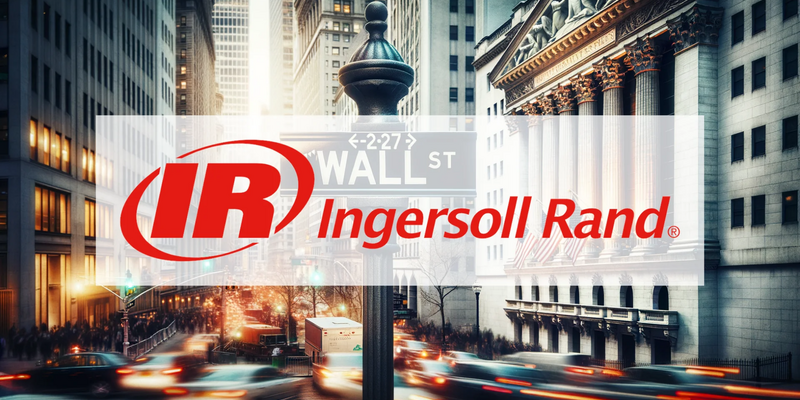Ingersoll Rand Confronts Escalating Tariff Costs
13.11.2025 - 11:04:04Ingersoll Rand US45687V1061
Industrial giant Ingersoll Rand faces a significant financial headwind as unexpected tariff expenses threaten to undermine its profitability. While the company's recent acquisition of Transvac Systems represents a strategic advancement, this move is overshadowed by a pressing challenge: tariff costs have ballooned to over $100 million, compelling a downward revision of its full-year earnings guidance.
The company's third-quarter 2025 performance presented a paradox. On the surface, the results were encouraging, with revenue climbing 5.1% to $1.96 billion, a figure that surpassed market expectations. However, this top-line strength did not translate to the bottom line. Earnings per share came in at $0.86, slightly below forecasts, and the real disappointment for investors was the revised outlook for the full year.
Ingersoll Rand has now adjusted its 2025 earnings per share forecast to a midpoint of $3.28, a notable reduction from the previous expectation of $3.40. This downgrade is directly attributed to the swelling tariff burden, which has escalated to more than $100 million, far exceeding the initial estimate of $80 million. Although management has initiated price increases to counter these costs, their full effect is not anticipated to materialize until 2026, creating a near-term profitability gap.
Strategic Acquisition Amid Operational Pressure
In the midst of these financial pressures, Ingersoll Rand continues to execute its growth-through-acquisition strategy. The purchase of UK-based Transvac Systems on November 3, 2025, is a key part of this plan, designed to bolster its Industrial Technologies and Services (IT&S) division. Transvac specializes in ejector solutions for moving, mixing, and compressing fluids and gases, technologies that align perfectly with Ingersoll Rand's strategic emphasis on decarbonization and water efficiency.
Should investors sell immediately? Or is it worth buying Ingersoll Rand?
The current performance across the company's segments, however, is uneven. The Precision and Science Technologies unit is demonstrating robust organic order growth and margin improvement. In contrast, the very segment that the Transvac acquisition aims to strengthen—IT&S—is experiencing a decline in organic revenue and is under pronounced margin pressure, making it the area most acutely affected by the rising tariff expenses.
Financial Resilience Meets a Critical Test
Despite the immediate challenges, Ingersoll Rand is not without defenses. The company maintains a strong liquidity position of approximately $3.8 billion, providing it with substantial financial flexibility to navigate this period. The critical question for investors is whether the company can implement its price adjustment strategy swiftly enough to outpace the accumulating tariff costs.
This uncertainty is reflected in the company's share price, which currently trades around €67. This valuation stands more than 30% below its 52-week high of over €100. A meaningful recovery in margins is projected for 2026, once the new pricing fully takes effect. Until then, shareholders are left with a modest consolation in the form of a $0.02 per share dividend, as they await the outcome of the company's efforts to steer through this turbulent phase.
Ad
Ingersoll Rand Stock: Buy or Sell?! New Ingersoll Rand Analysis from November 13 delivers the answer:
The latest Ingersoll Rand figures speak for themselves: Urgent action needed for Ingersoll Rand investors. Is it worth buying or should you sell? Find out what to do now in the current free analysis from November 13.
Ingersoll Rand: Buy or sell? Read more here...


